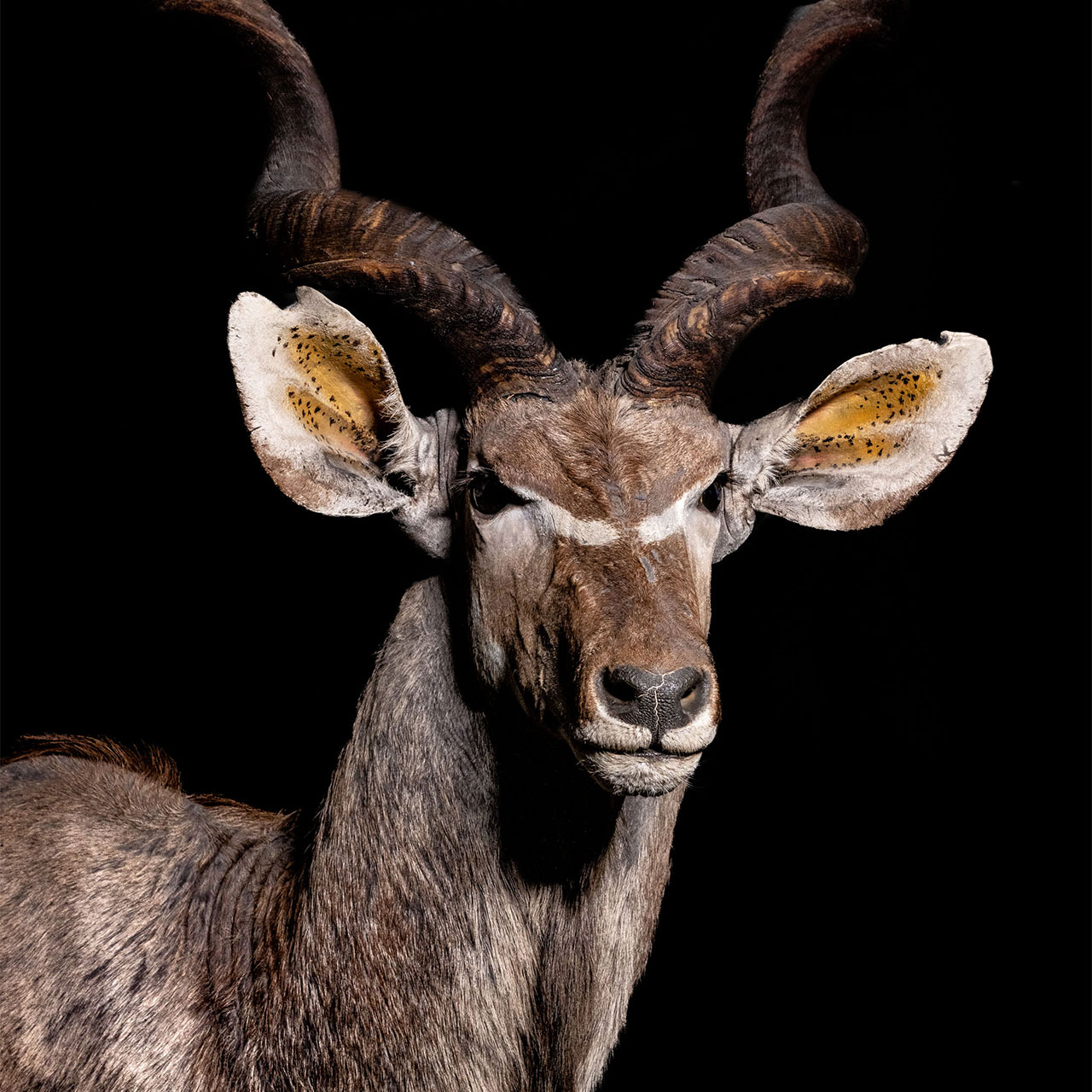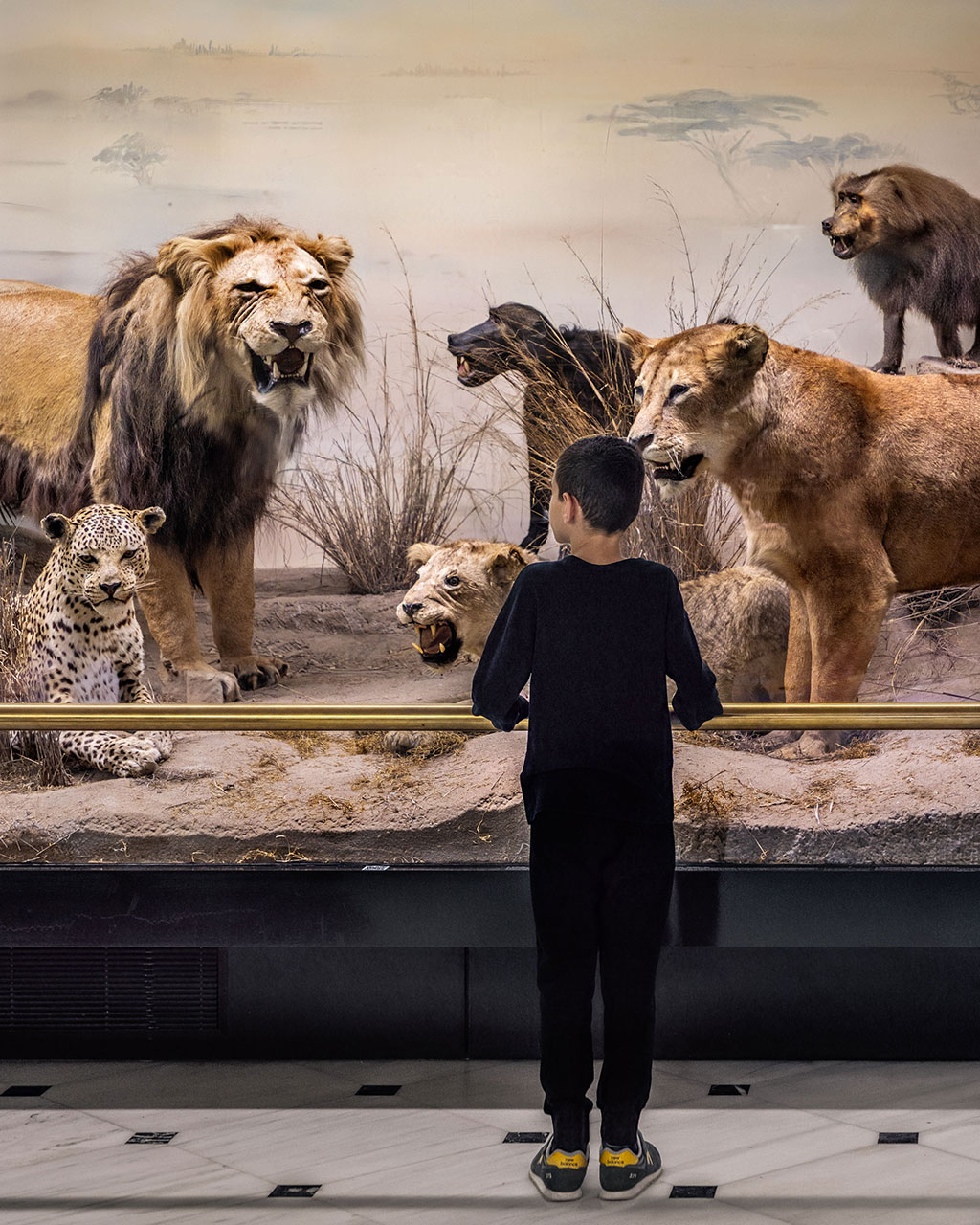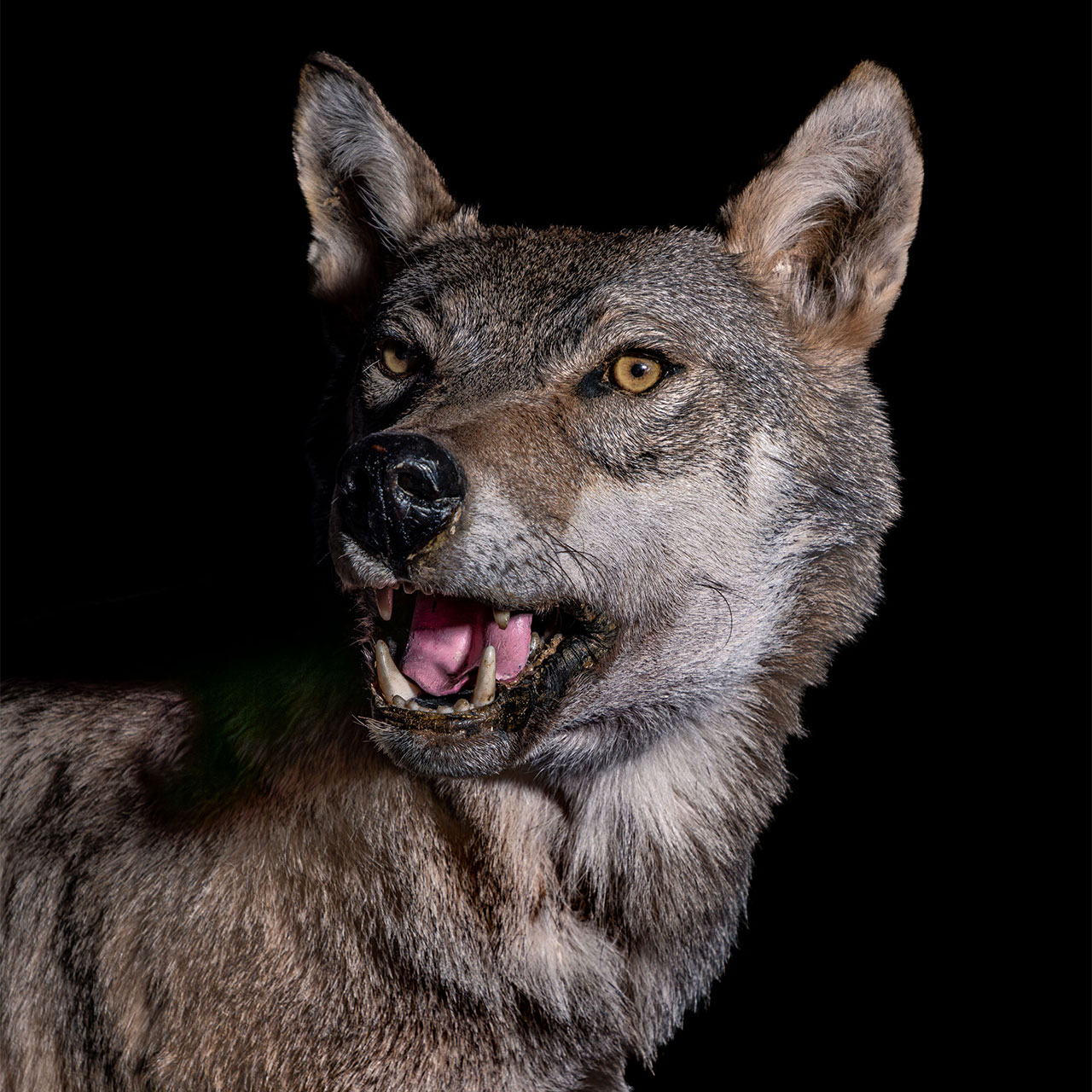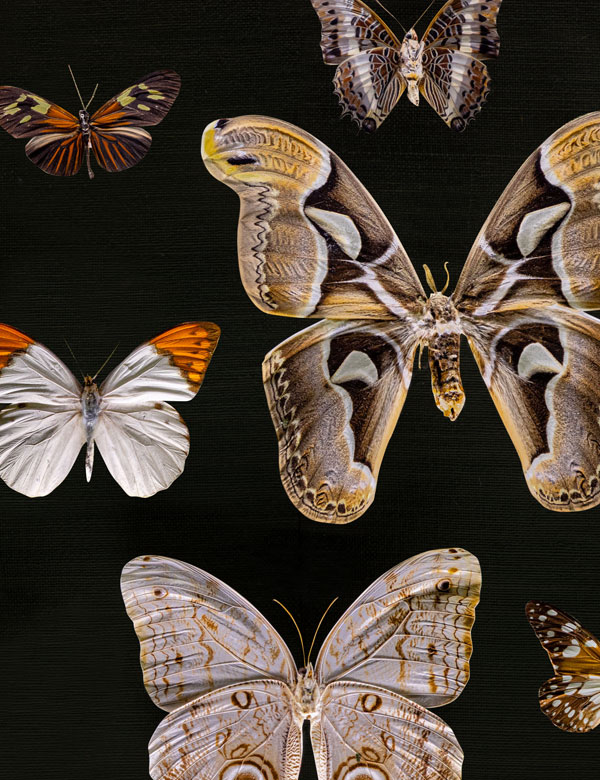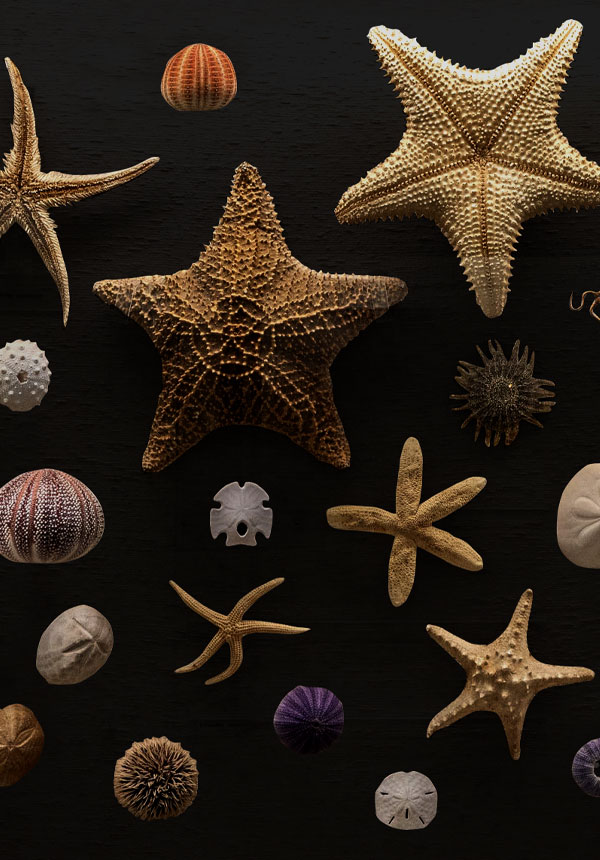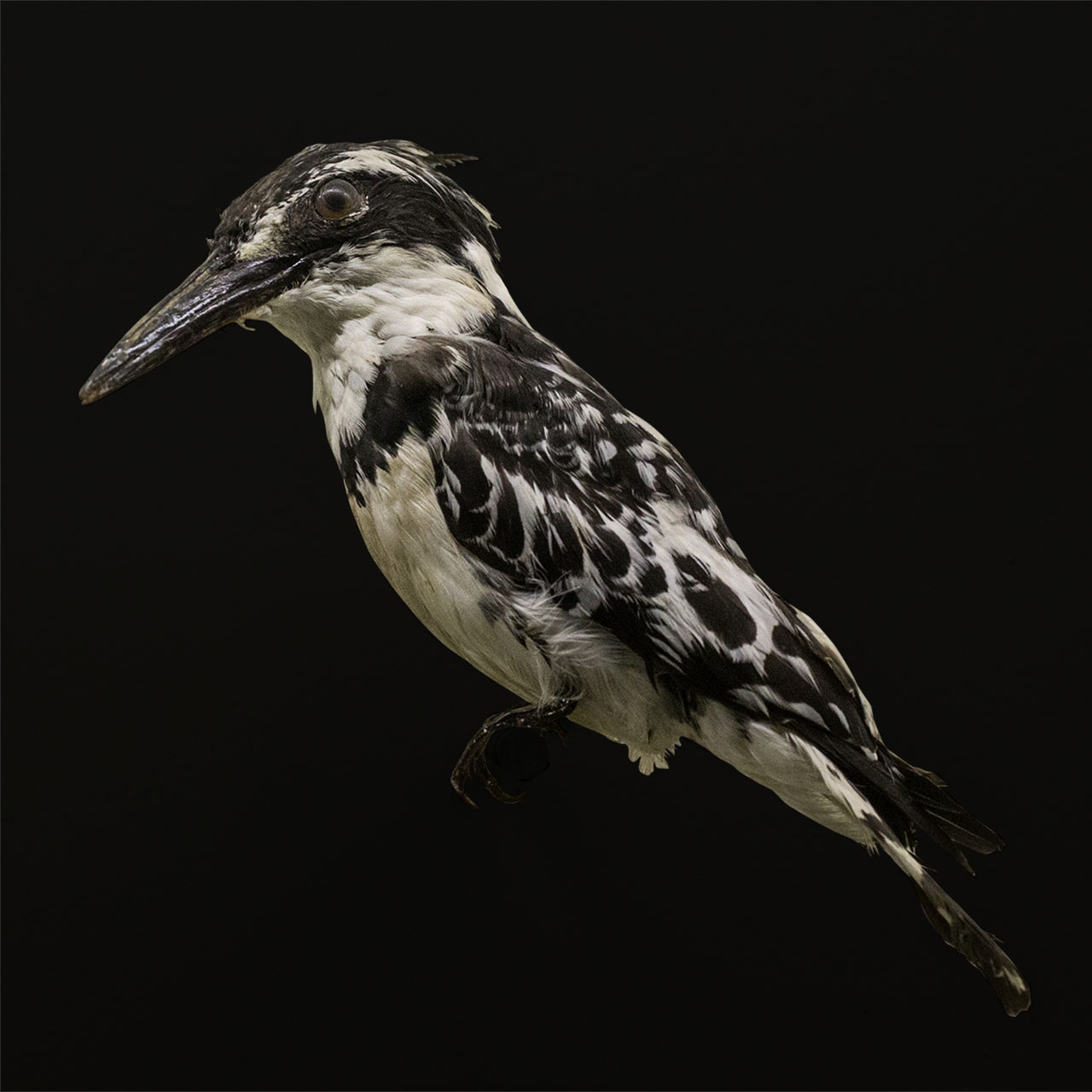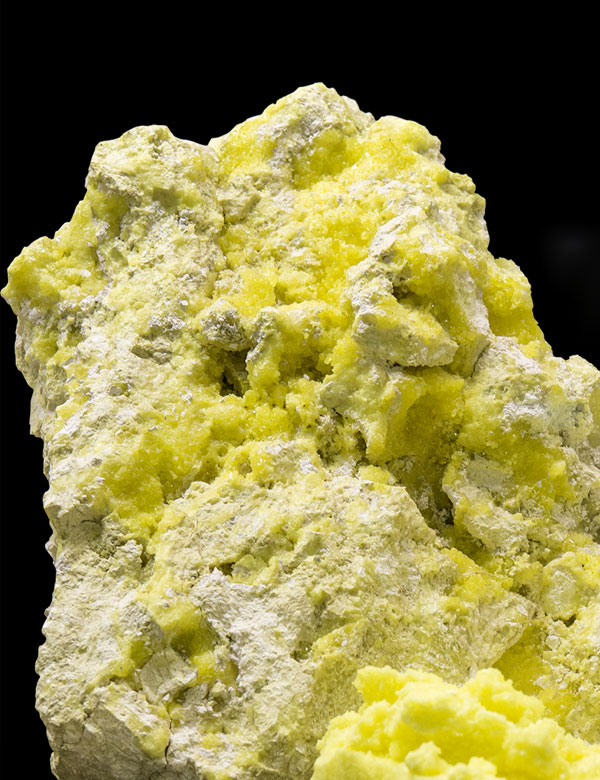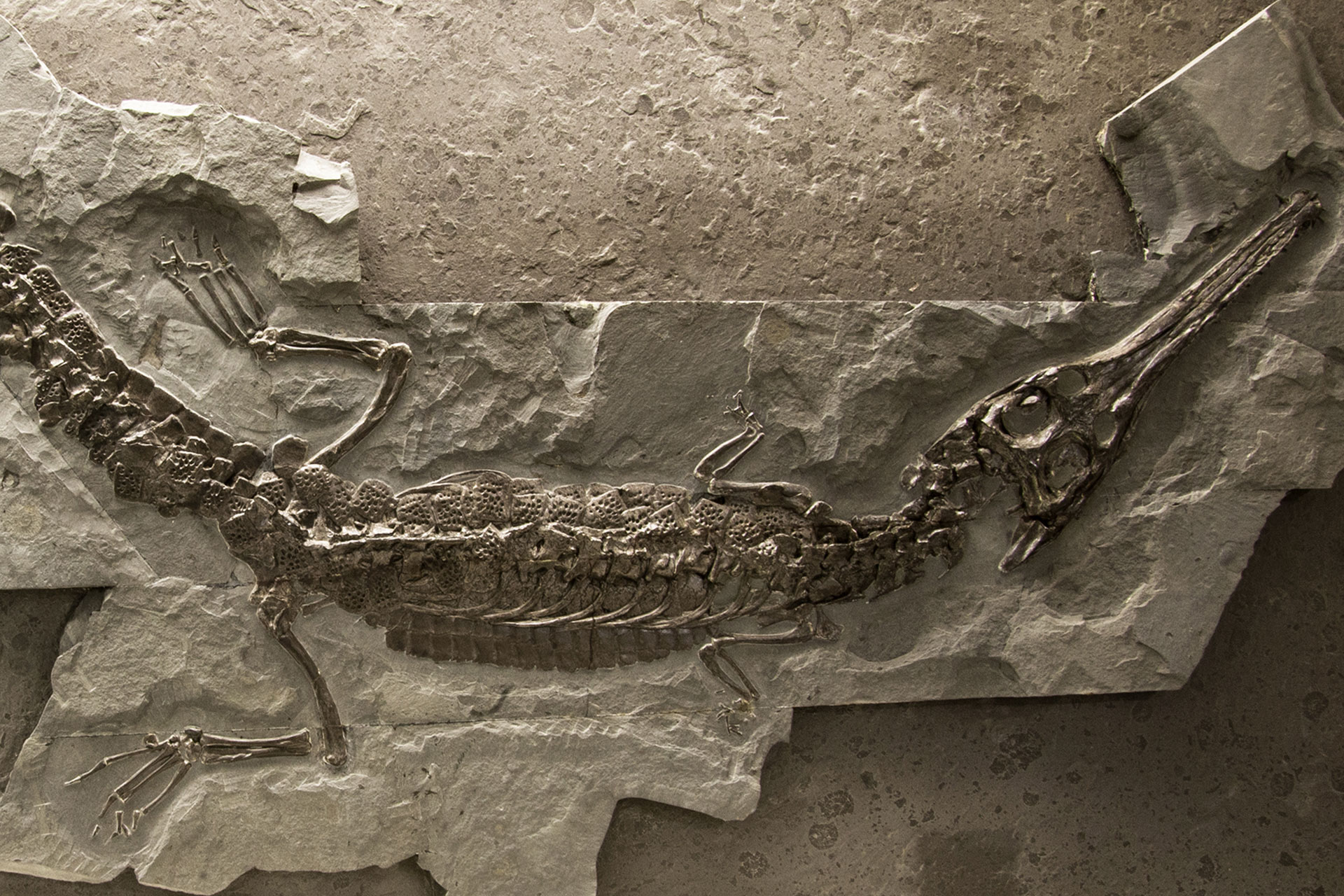
Paleontology
Fossils are witnesses of life long before us. Traces and remains of plants and animals, encased in stone for tens of thousands of years, tell the stories of ancient times.
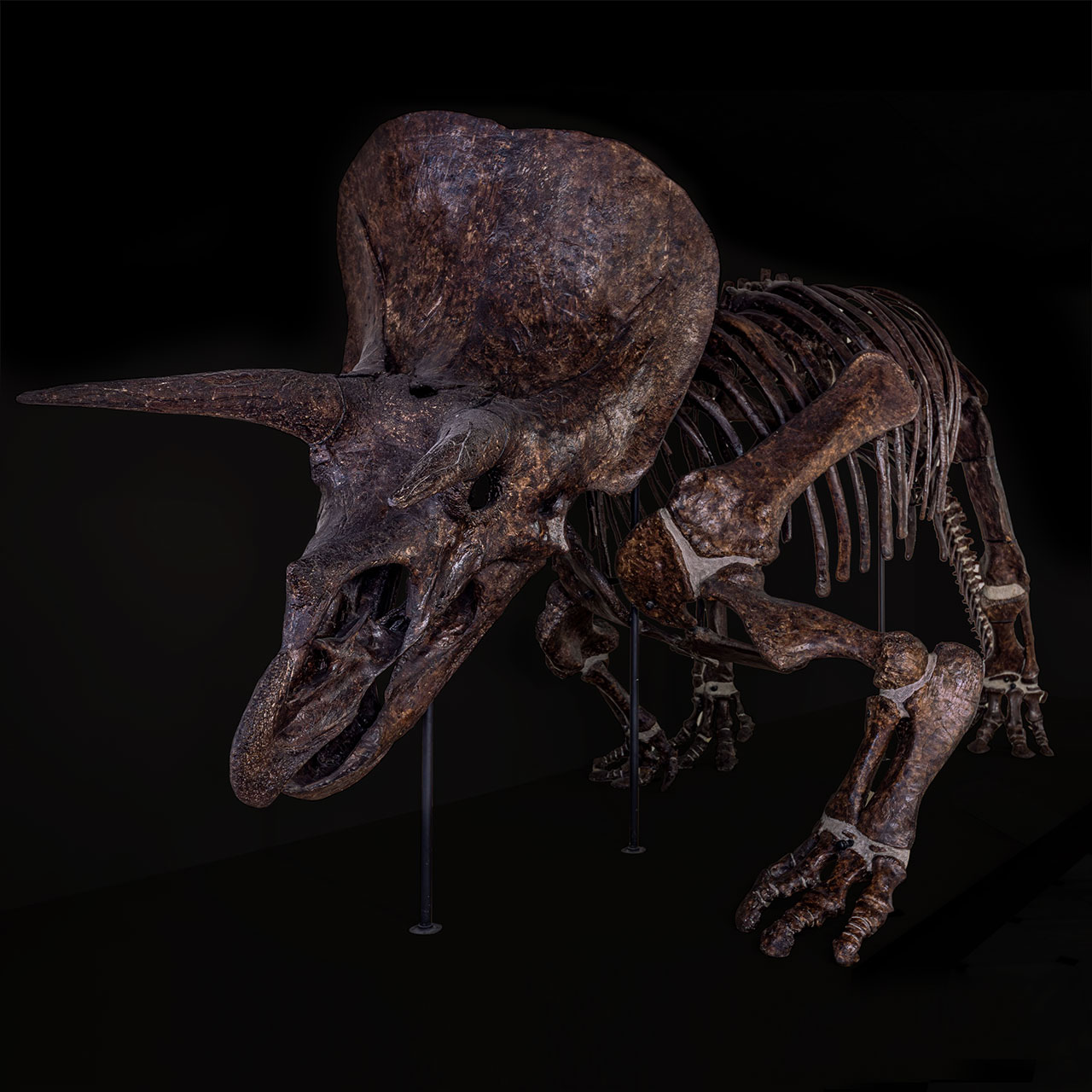
Gallery
Gallery
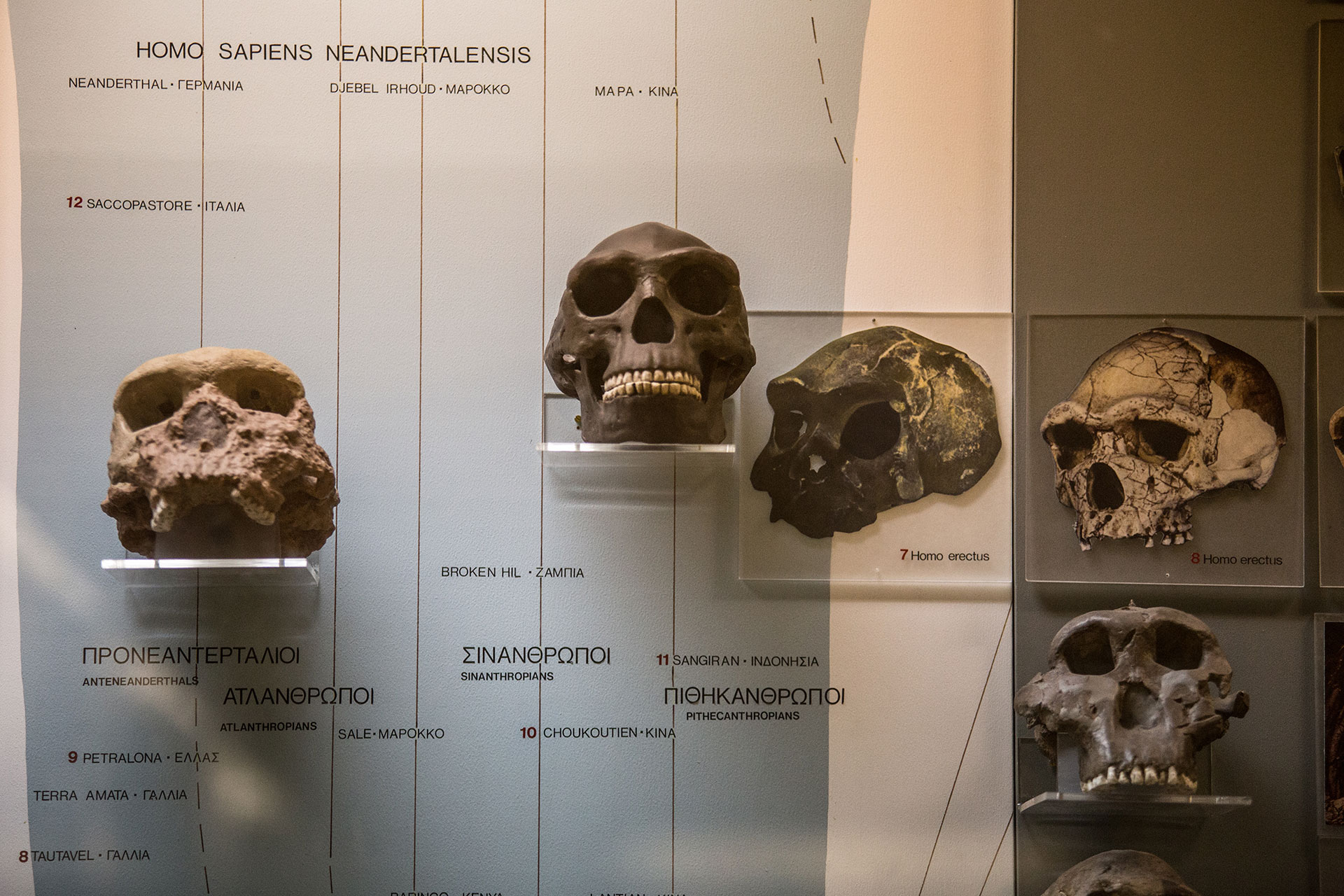
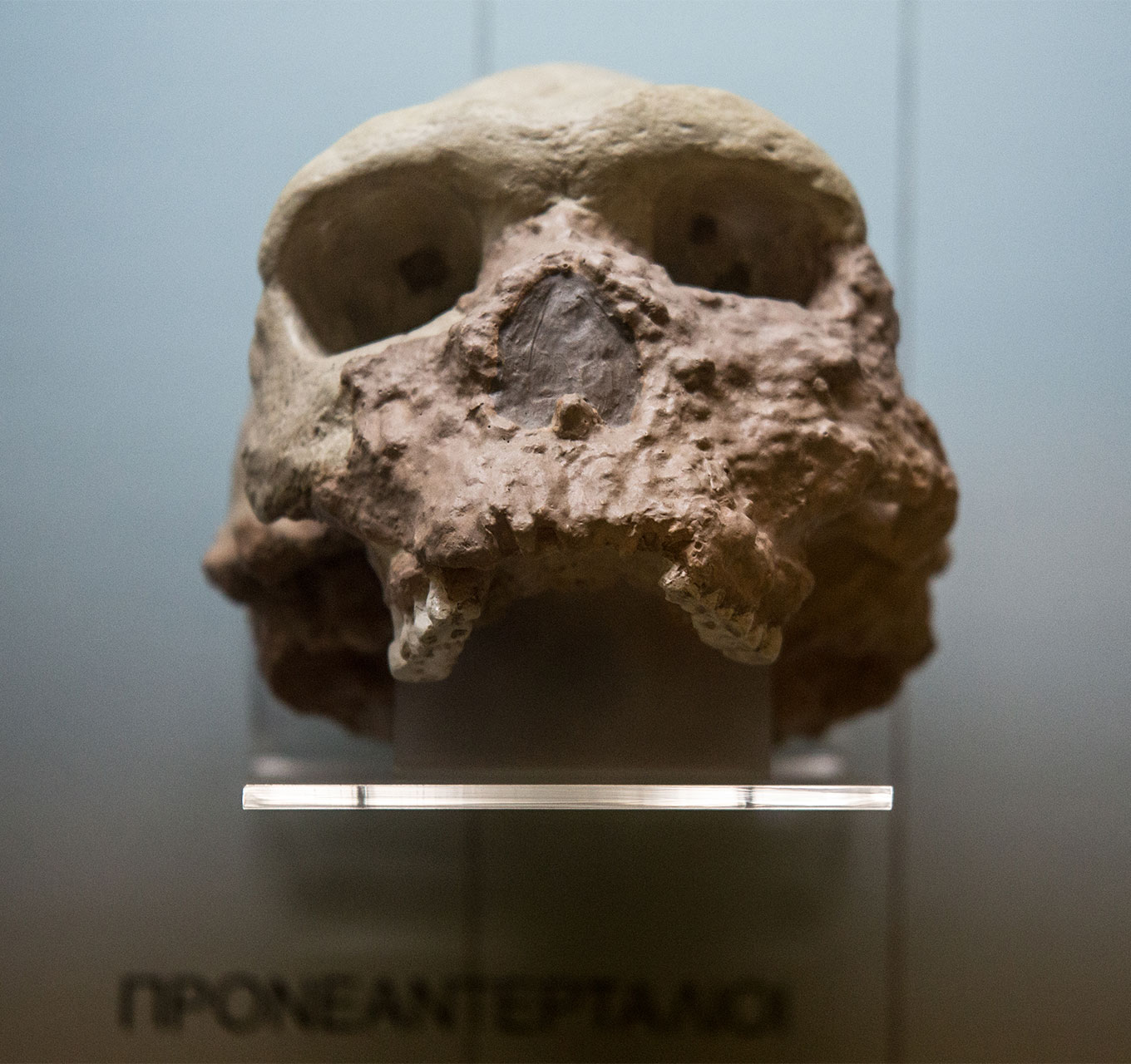
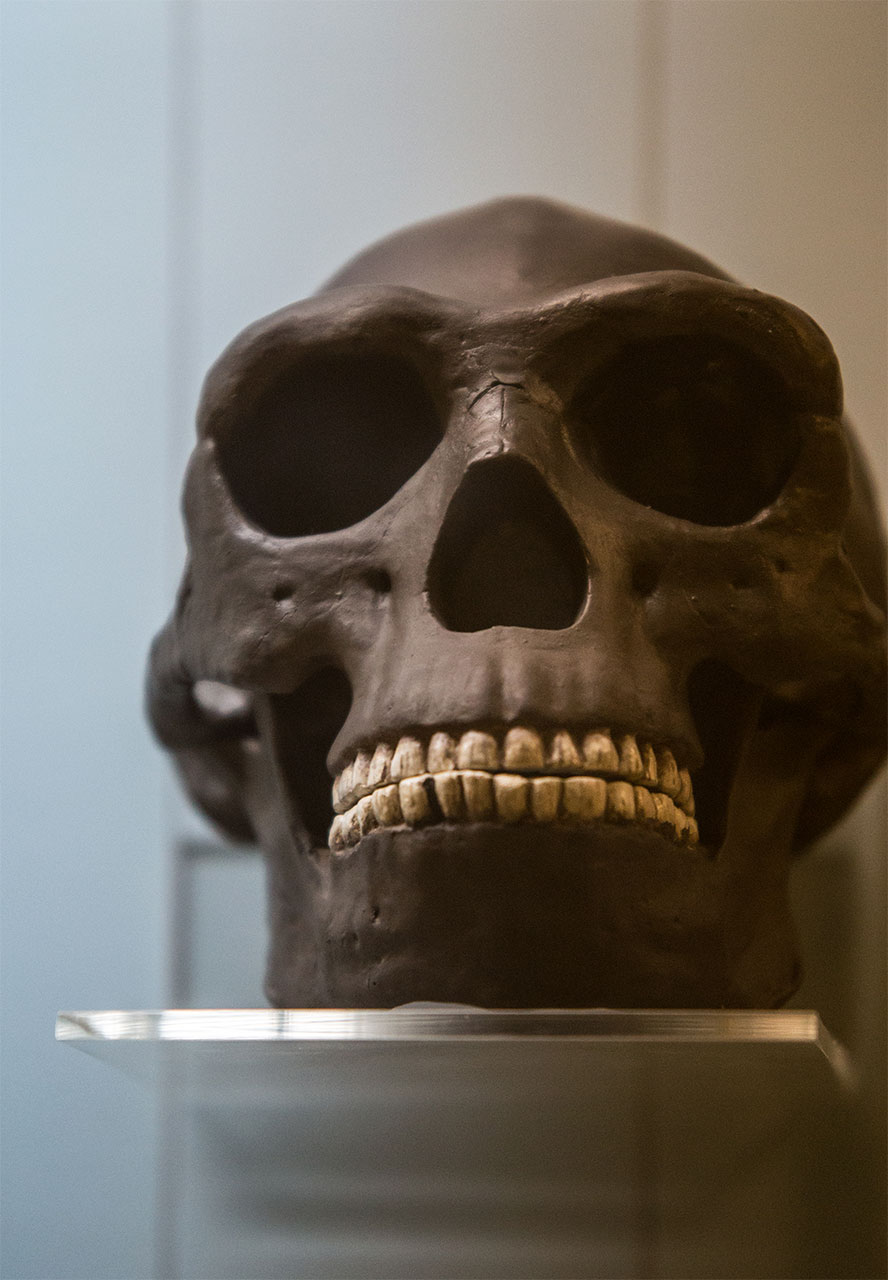
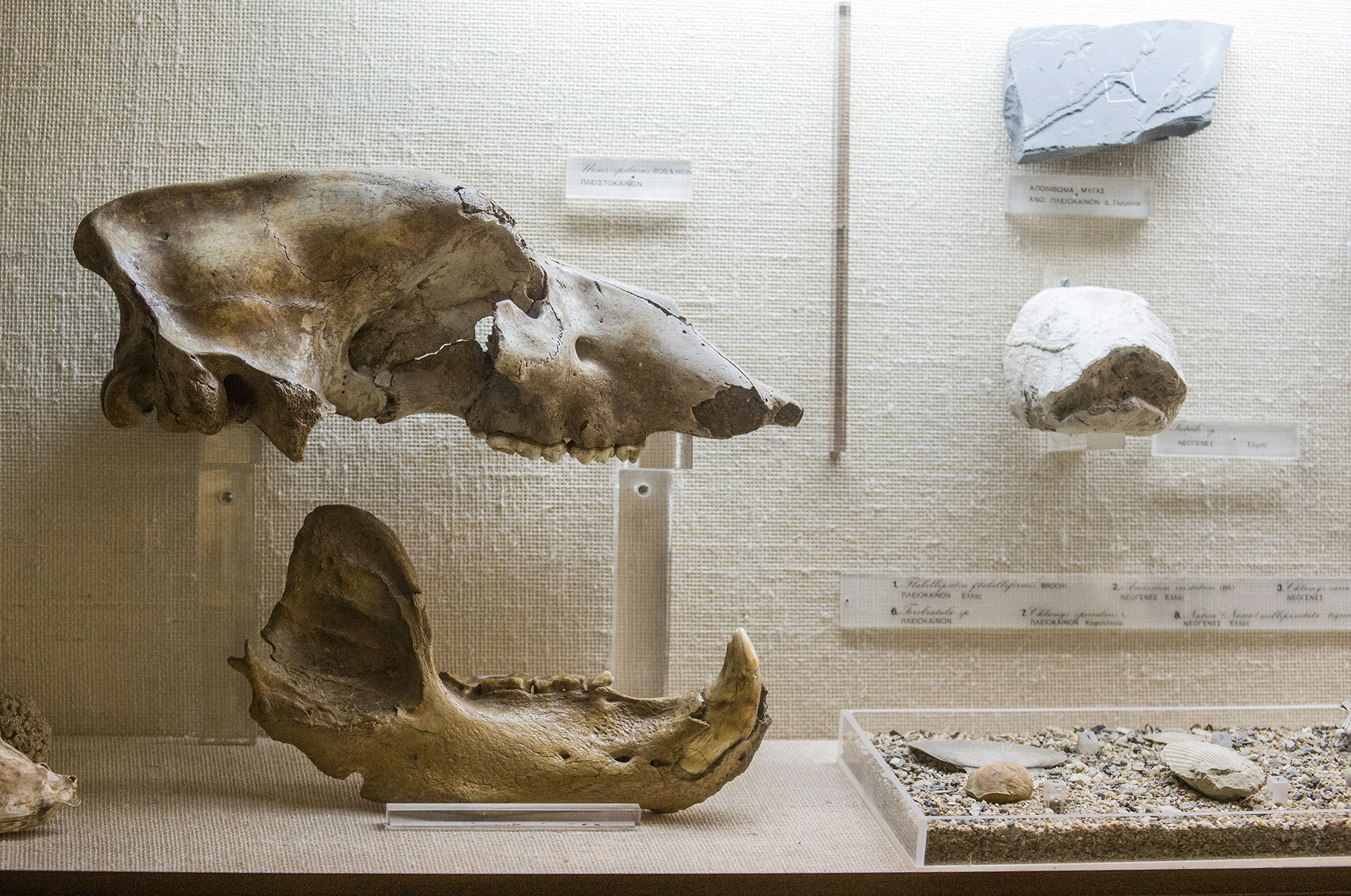
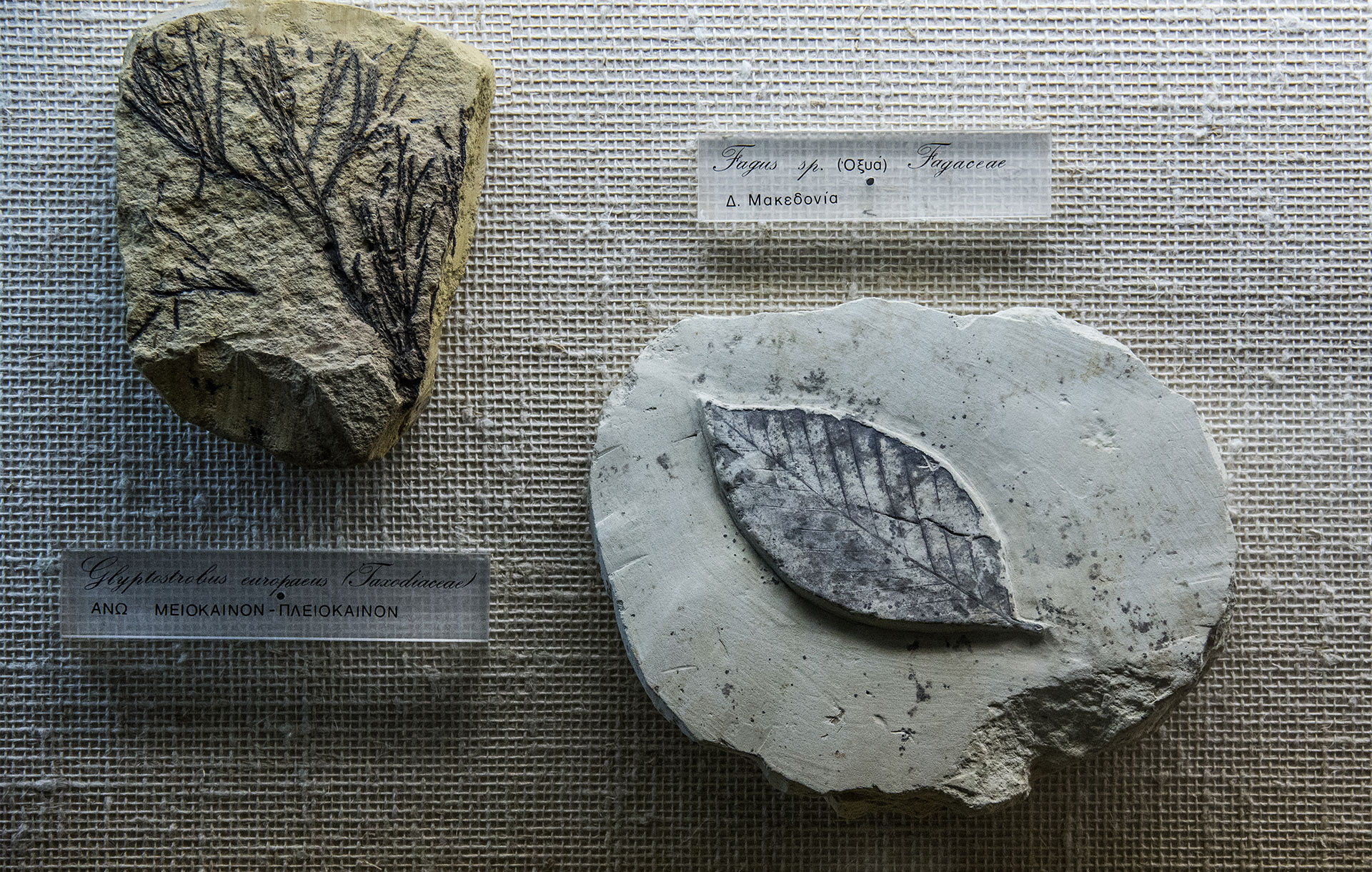
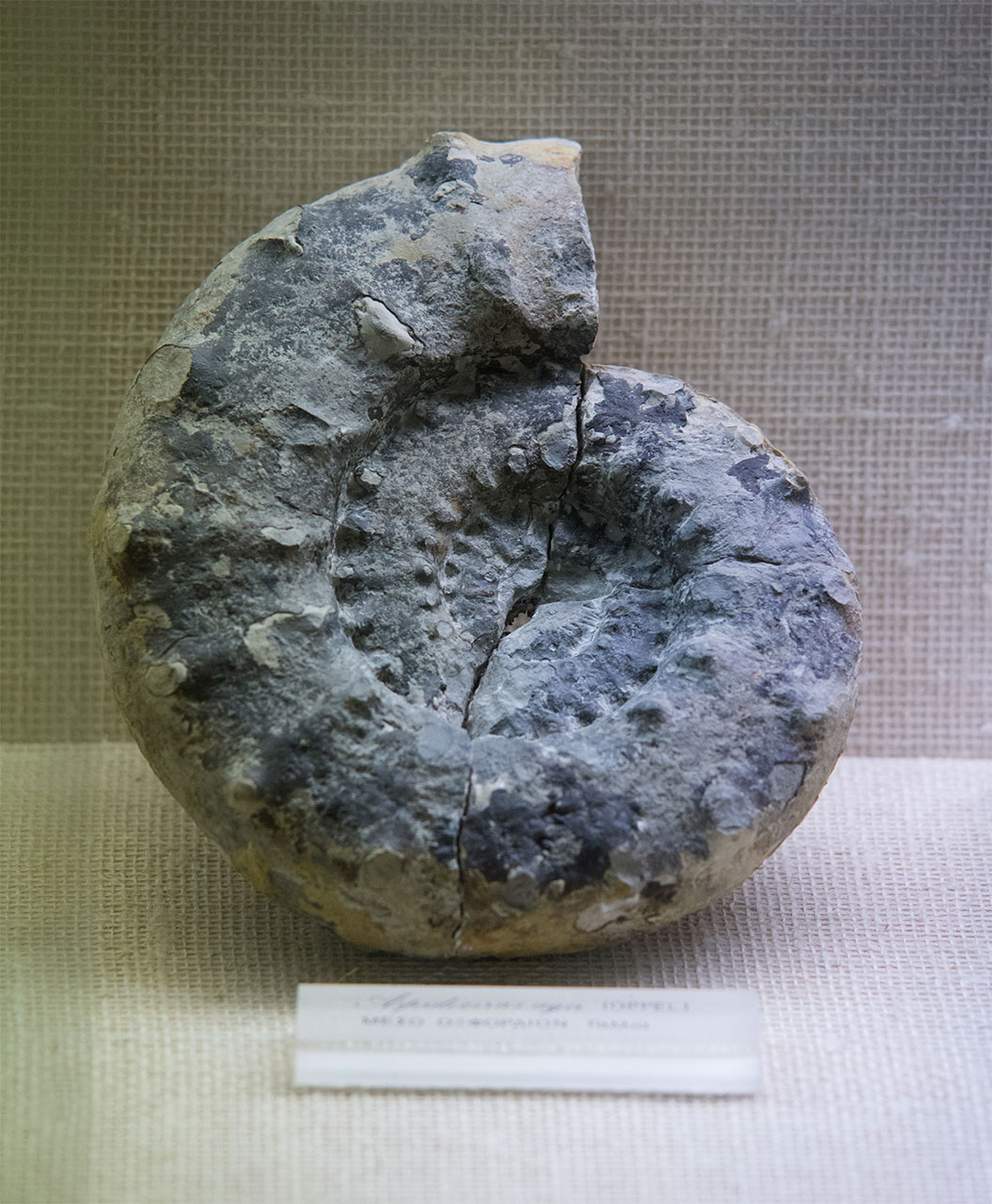
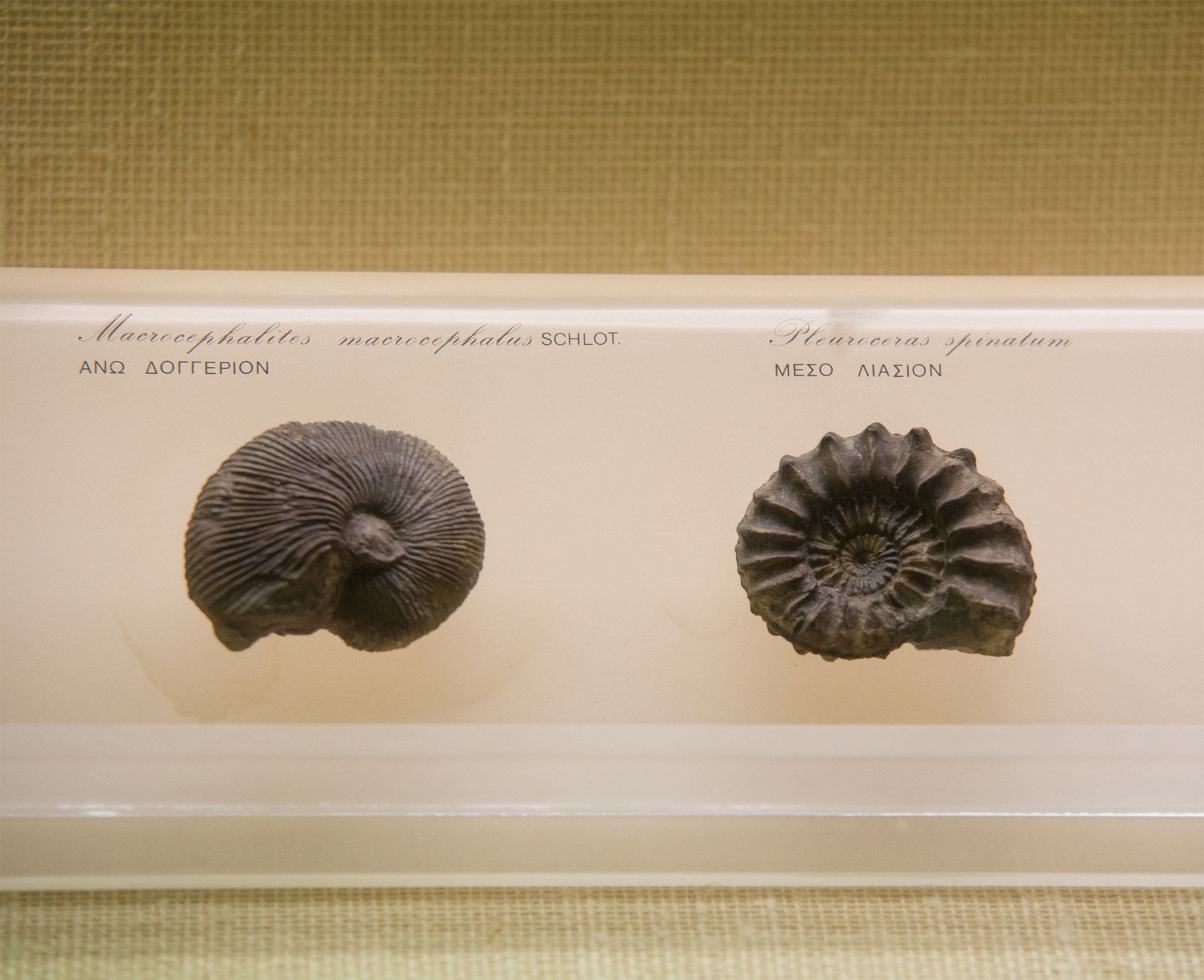
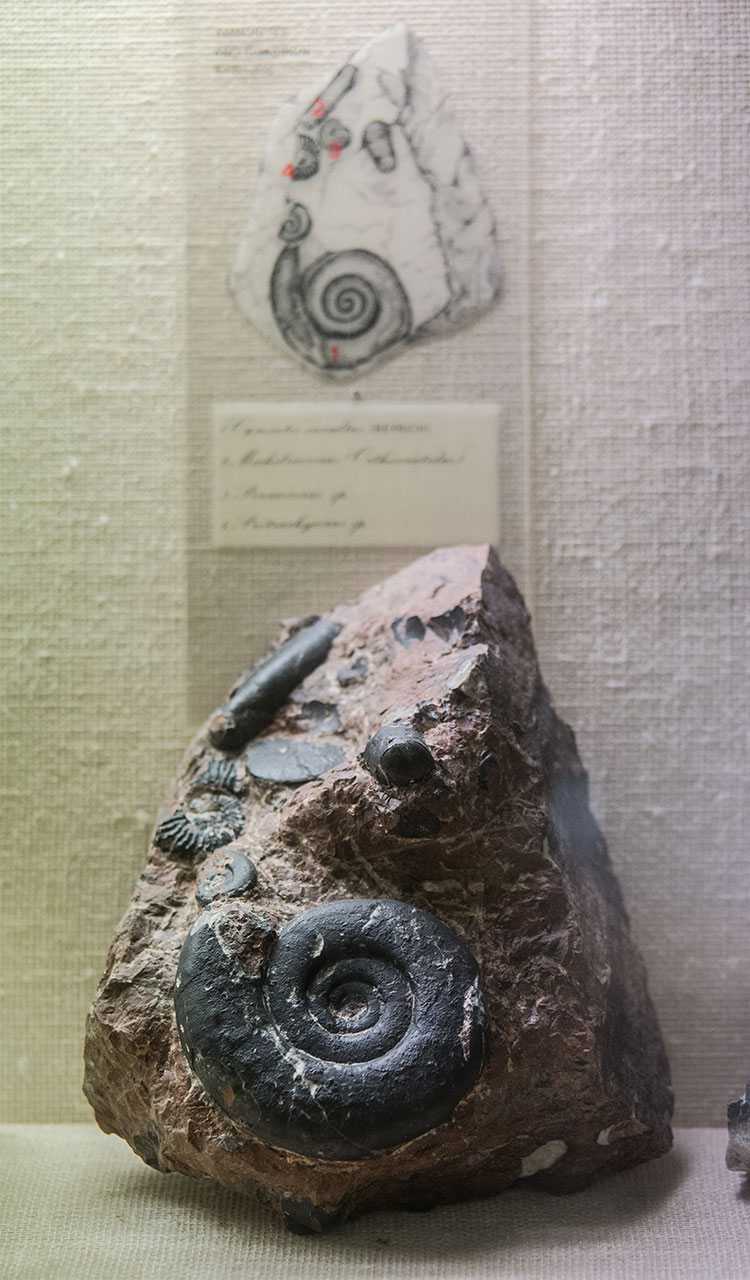
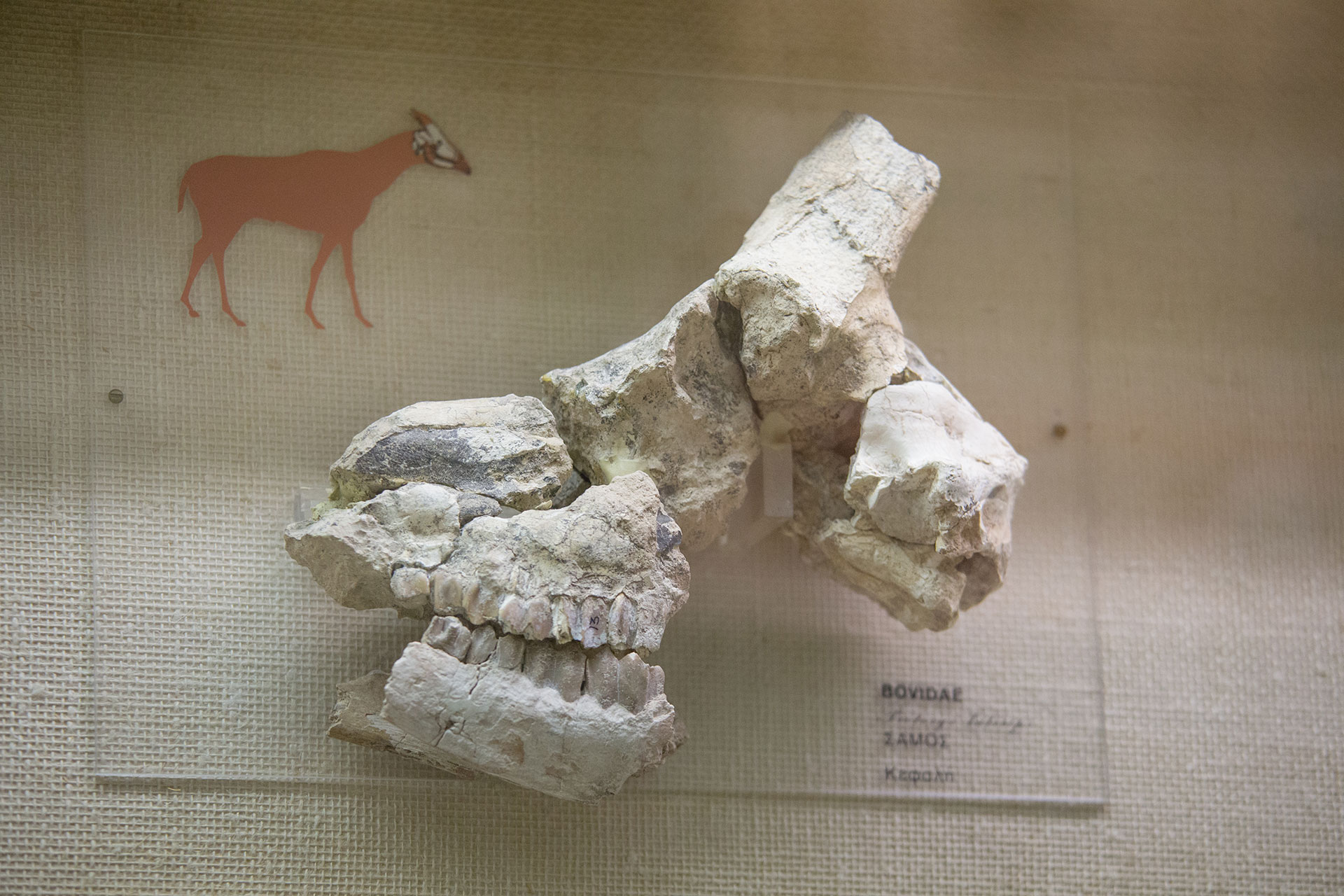
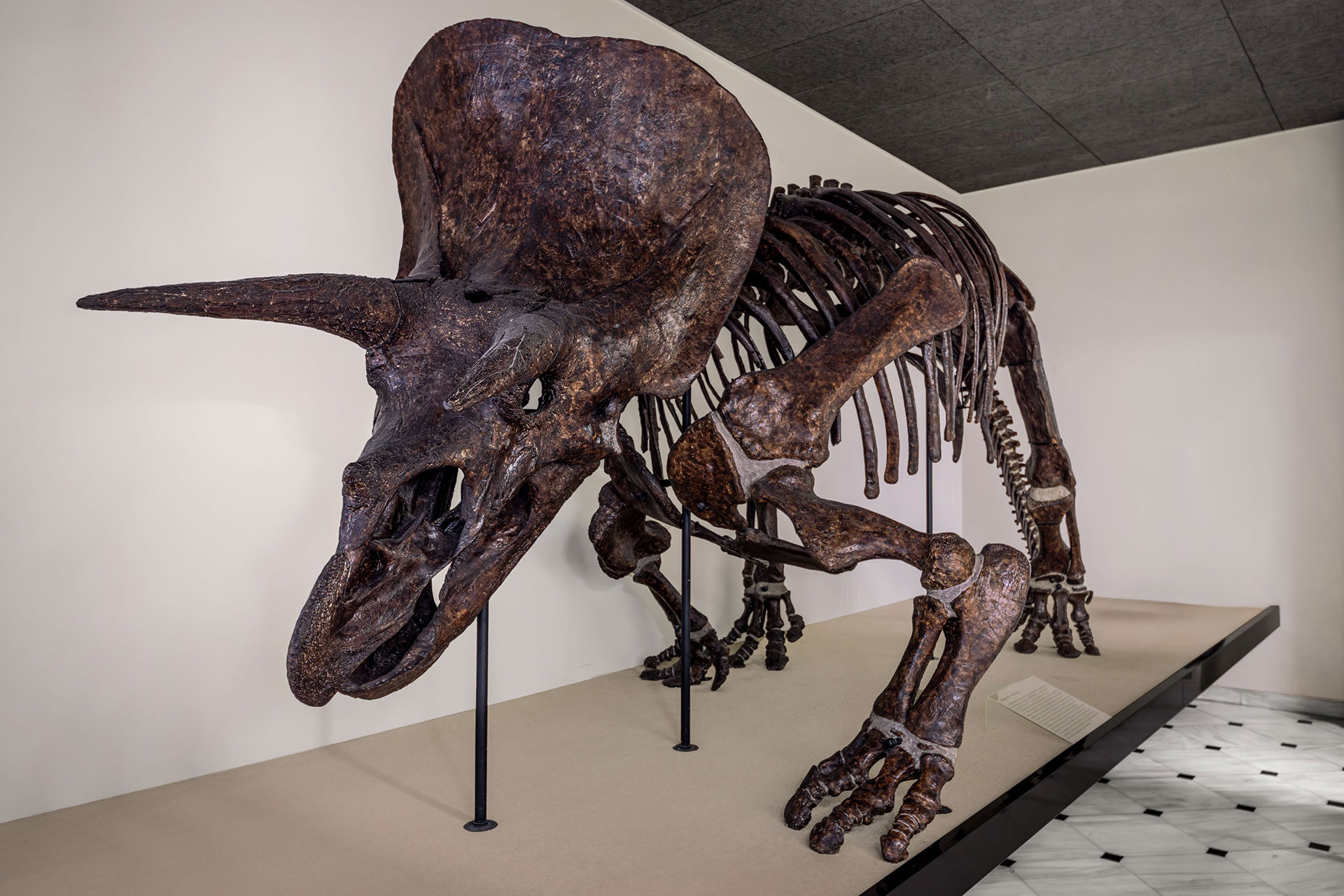

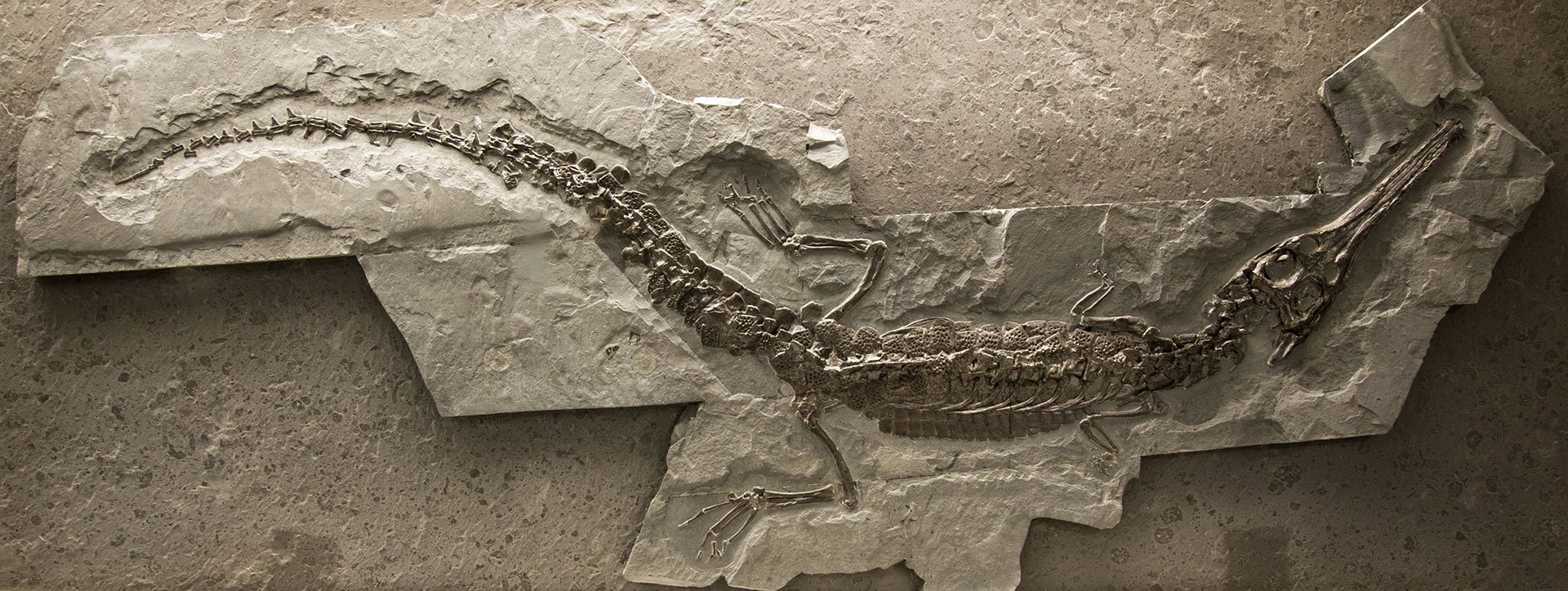
Info
The exhibition begins with the history of life: volcanoes, mountain building, climate, and geological periods.
A chronological collection of fossils illustrates the evolution of life from the Precambrian to today, with the oldest specimen dating back 2.7 billion years. Each period is brought to life through illustrations of the environment and its creatures.
Special cases illuminate the fossilization process, the fauna of Samos and Pikermi, and the evolution of horses and large mammals during the Quaternary.
Another display presents two different survival stories: ammonites, which disappeared despite their large size, and nautiluses, which have remained almost unchanged to this day. Among the exhibits stands an impressive 7.16-meter Triceratops skeleton replica, as well as a section on the emergence and evolution of humans, with models, tools, and reconstructions.
Finally, in the “seas of the past” section, fossilized marine reptiles and echinoderms, 180 million years old, transport visitors to a world long before our own.

